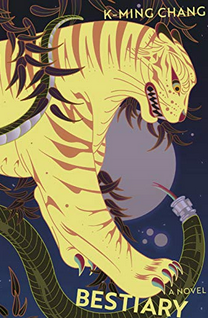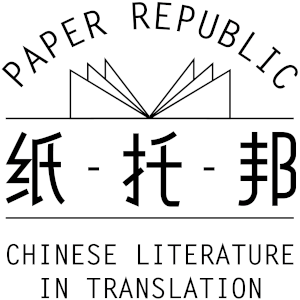
At the same time that it lays bare the ground that shaped this particular family, “Bestiary” also paints a portrait of Taiwanese identity, poking at the various histories and horrors that built the island and its citizens. A place where “Ma doesn’t measure her life in years but in languages: Tayal and Yilan Creole in the indigo fields where she was born … Japanese during the war, Mandarin in the Nationalist-eaten city. Each language worn outside her body, clasped around her throat like a collar.” From pirates to soldiers and those who came before, the men who claimed Taiwan and the women who sustained it, the country’s evolution is as much a part of the book’s collection of beasts as is the tiger spirit.


Comments
The link's not showing up for me; for reference, this is from a New York Times review by Amil Niazi.
Joel Martinsen, October 6, 2020, 7:47a.m.
Yes, Joel you are certainly right. And I don't know how to get rid of 1-3 above . . .
Bruce Humes, October 7, 2020, 8:52a.m.
Ooh, weird, sorry. I recently enabled a footnotes plugin for Markdown, and apparently it doesn't behave the way I thought it did. I'll try to fix this today.
Eric Abrahamsen, October 7, 2020, 5:11p.m.
Figured it out, sorry about that!
Eric Abrahamsen, October 7, 2020, 9:13p.m.